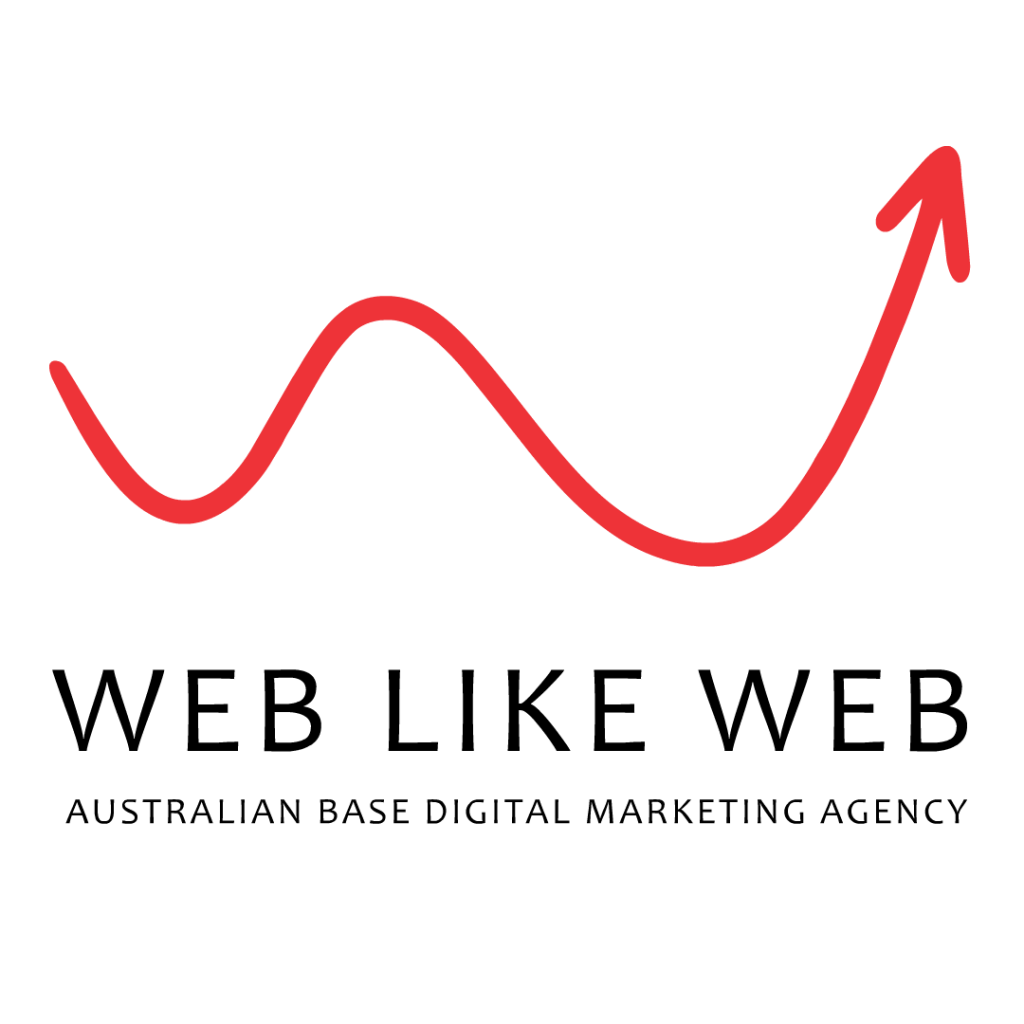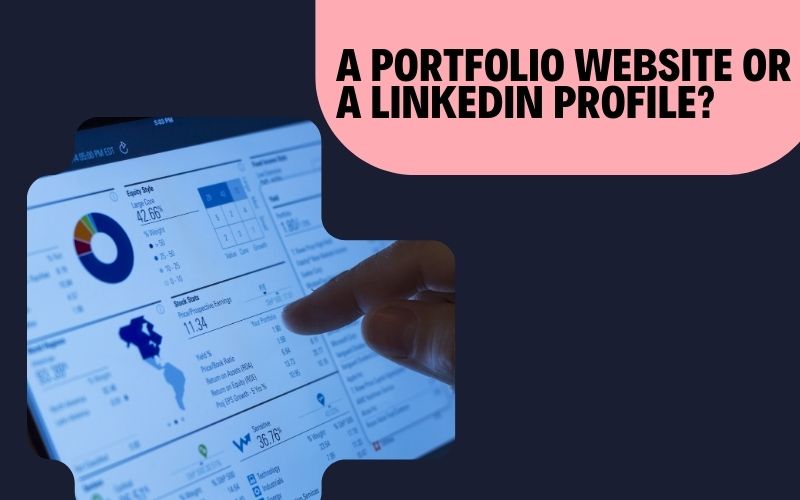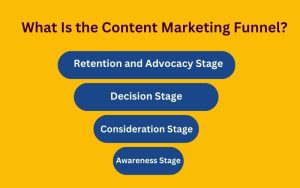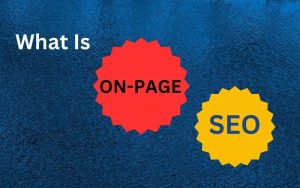A portfolio website or a LinkedIn profile? As the digital age continues evolving, professionals seek new ways to establish their online presence. One of the key questions that arise is whether to create a portfolio website or rely solely on a LinkedIn profile. While both options have advantages and disadvantages, the decision ultimately comes down to the individual’s needs and goals. In this article, we will explore the pros and cons of both a portfolio website and a LinkedIn profile to help professionals make an informed decision.
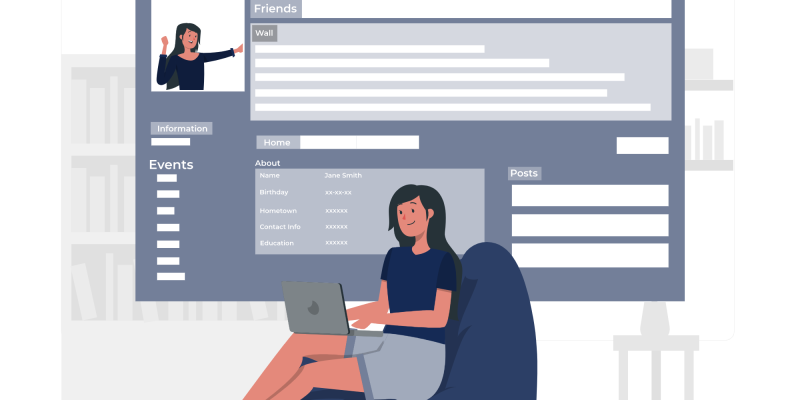
Portfolio Website A portfolio website is a digital platform that showcases an individual’s work, skills, and achievements. This website is typically customized to reflect the individual’s brand and personality. Here are the pros and cons of a portfolio website:
Pros
- Customization: A portfolio website allows individuals to showcase their work and achievements in a way that reflects their brand and personality. This level of customization can be particularly useful for creative professionals who want to showcase their unique style and creative vision.
- Flexibility: A portfolio website offers greater flexibility regarding the type of content that can be included. It allows individuals to showcase various materials, from videos to images and even interactive elements. This flexibility can help individuals to stand out in a competitive job market.
- Increased visibility: By having a portfolio website, individuals can increase their visibility online. This can help them to establish their brand and make a name for themselves in their industry. Additionally, having a portfolio website can help individuals to establish credibility in their field.
Cons
- Time-consuming: Creating a portfolio website can be a time-consuming process. This can be particularly challenging for those who lack technical skills or are not familiar with website design.
- Limited audience: Portfolio websites are often visited by those who are actively looking for job opportunities or are interested in the individual’s field. As such, they may not receive as much traffic as a LinkedIn profile.
- Maintenance: A portfolio website requires regular maintenance to ensure that it remains up to date and relevant. This can be a challenge for those who are short on time or lack technical skills.
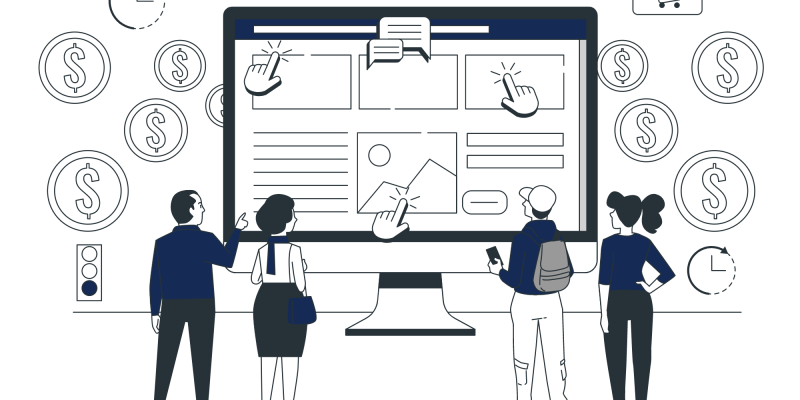
LinkedIn Profile A LinkedIn profile is an online platform that allows professionals to network and connect with other professionals in their industry. It summarises an individual’s education, skills, and experience. Here are the pros and cons of a LinkedIn profile:
Pros
- Ease of use: A LinkedIn profile is easy to set up and maintain, even for those who lack technical skills. It provides a simple and efficient way to showcase an individual’s education, skills, and experience.
- Network building: LinkedIn is a powerful networking tool that allows individuals to connect with other professionals in their field. This can help to establish new professional connections and potentially lead to new job opportunities.
- Visibility: LinkedIn has over 750 million users, making it a powerful platform for professionals to showcase their skills and experience. Additionally, LinkedIn profiles are often the first search result that appears when someone searches for an individual’s name, making it a valuable tool for establishing an online presence.
Cons
- Limited customization: LinkedIn profiles have limited customization options. This can make it challenging for individuals to showcase their unique style and creativity.
- Limited content: LinkedIn profiles only allow individuals to showcase a limited amount of content. This can be particularly challenging for creative professionals who want to showcase a wide range of materials.
- Overcrowding: LinkedIn is a crowded platform, which means that it can be challenging for individuals to stand out in a competitive job market.
Conclusion Deciding between a portfolio website and a LinkedIn profile ultimately comes down to the individual’s needs and goals. A portfolio website is an excellent option for creative professionals who want to showcase their unique style and vision. On the other hand, a LinkedIn profile is an excellent option for professionals who want to network and connect with

Facebook Page Facebook is the world’s largest social network, with over 2.7 billion monthly active users. Having a Facebook page for your business can help you reach a vast audience and promote your brand. Here are some advantages and disadvantages of having a Facebook page for your business:
Advantages:
- Facebook’s user base is vast, making it easier to reach a broader audience and gain new followers.
- You can create a business page that provides a comprehensive overview of your products or services.
- Facebook allows you to engage with your audience, respond to comments, and build relationships with your customers.
- You can use Facebook to promote your business through paid advertising or organic reach.
Disadvantages:
- Facebook’s algorithm frequently changes, making it challenging to maintain consistent engagement and reach with your audience.
- The platform is saturated with content, making it challenging to stand out from the competition.
- The user interface and design of a Facebook page are not as customizable as a website or Instagram profile.
In conclusion, having an online presence is essential for any business to reach its target audience and grow its customer base. While a website, Instagram page, or Facebook page
